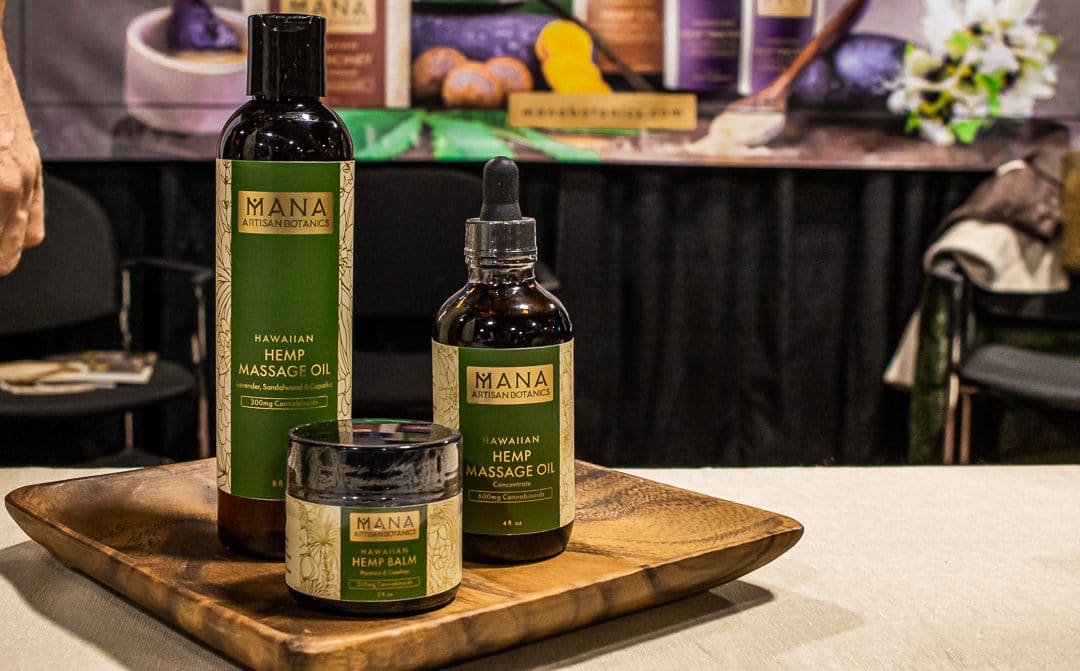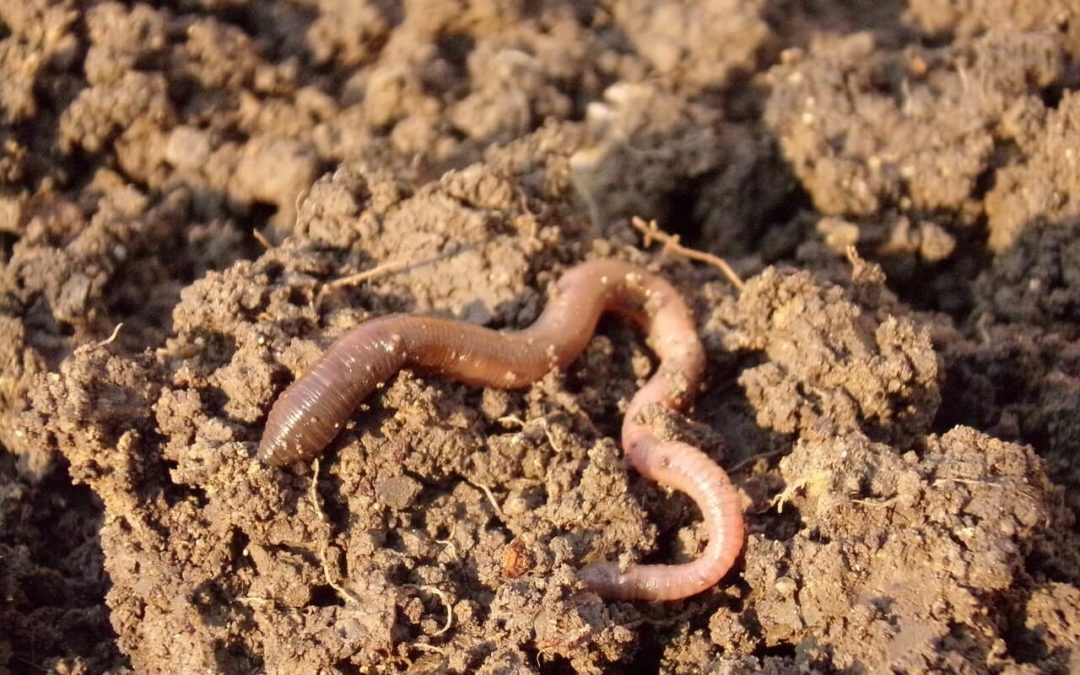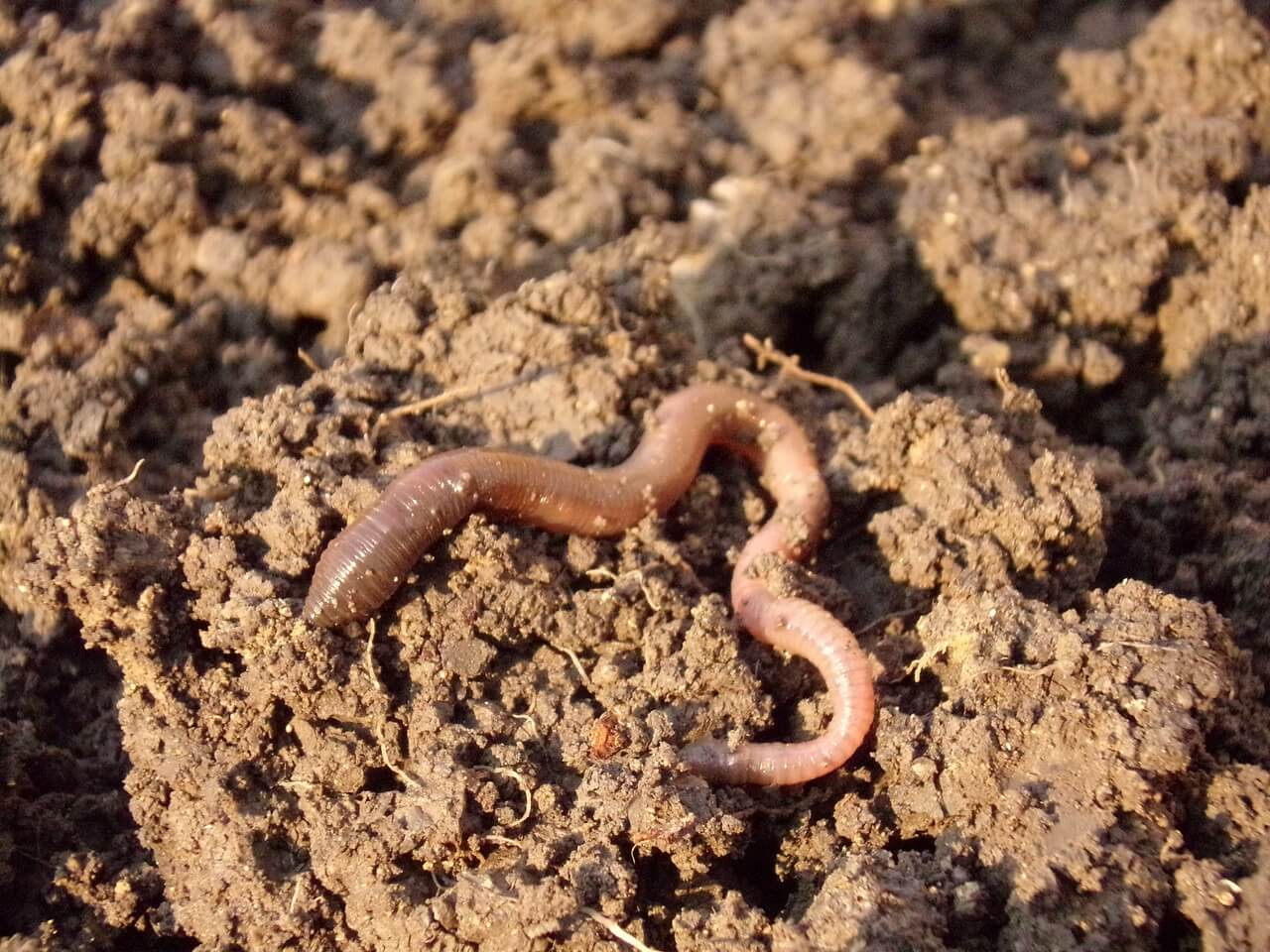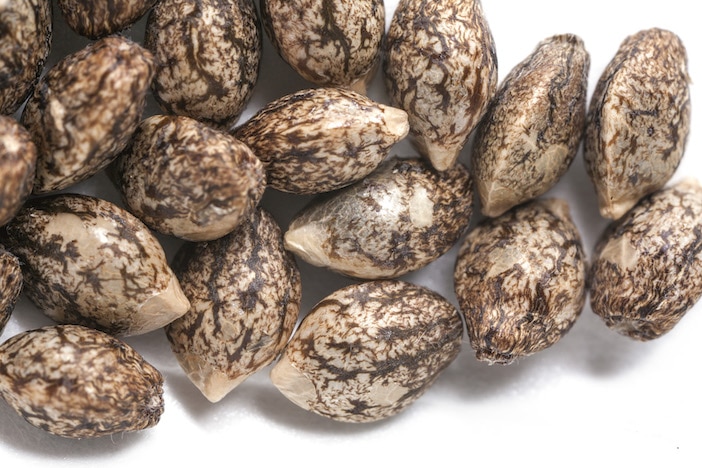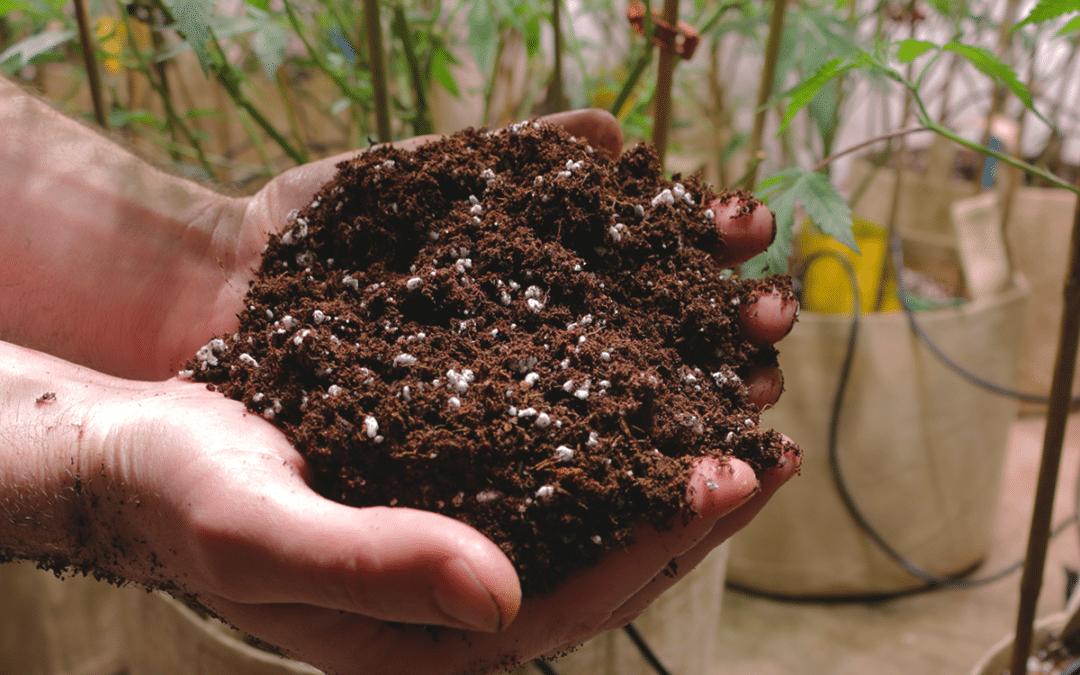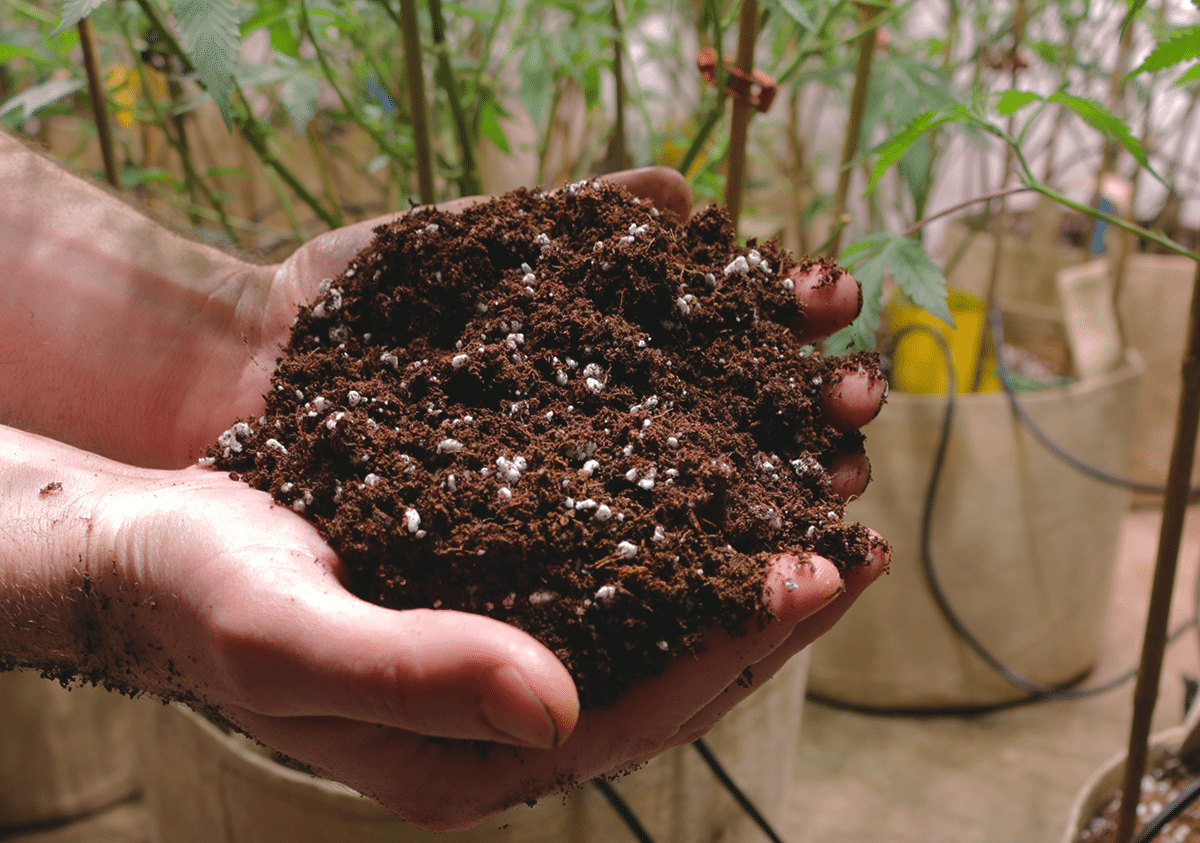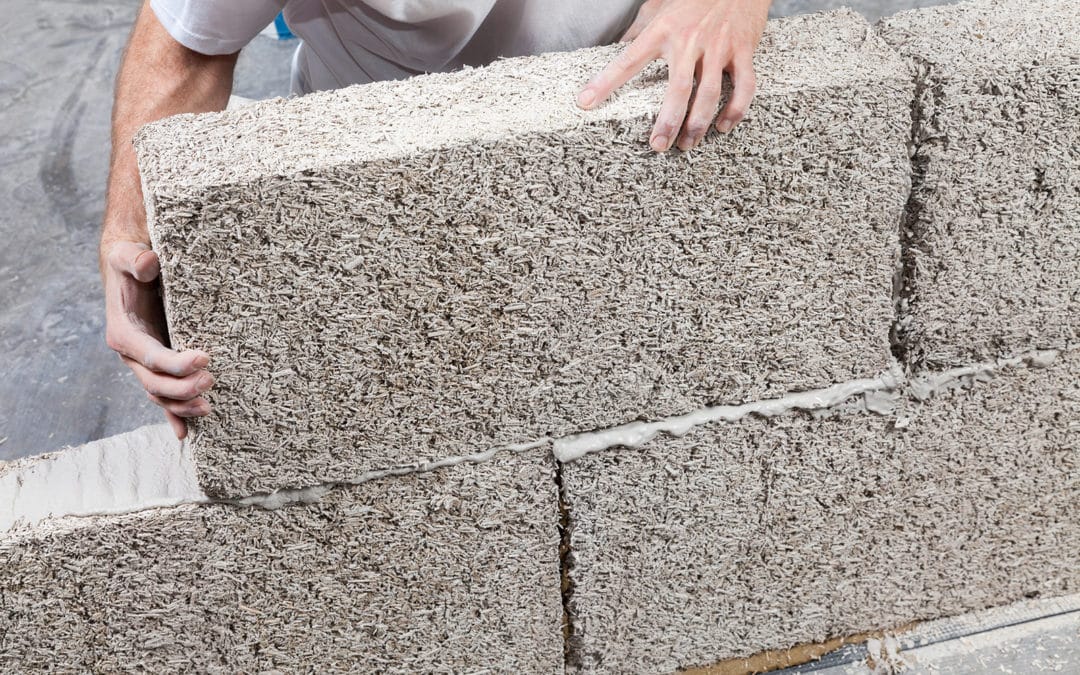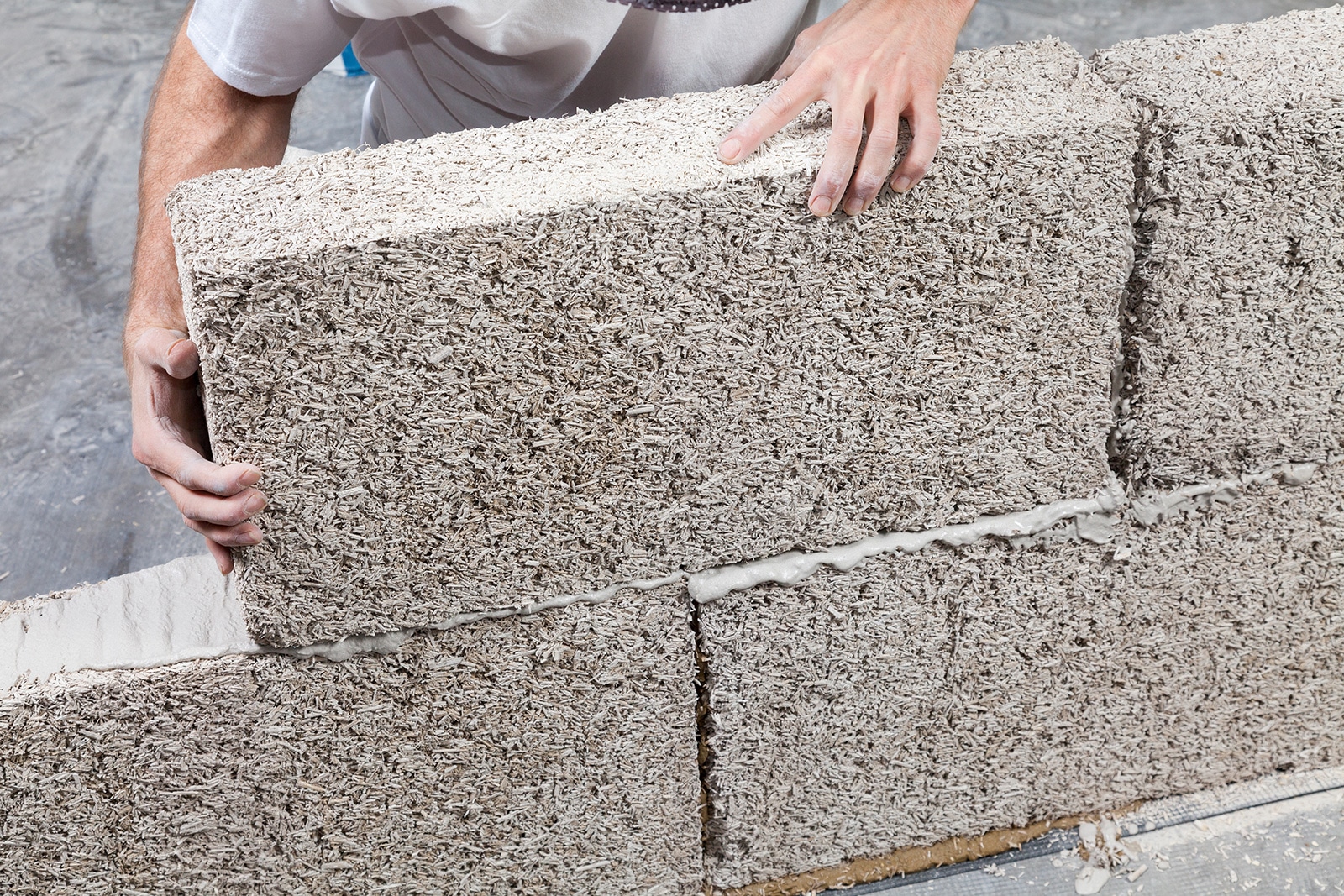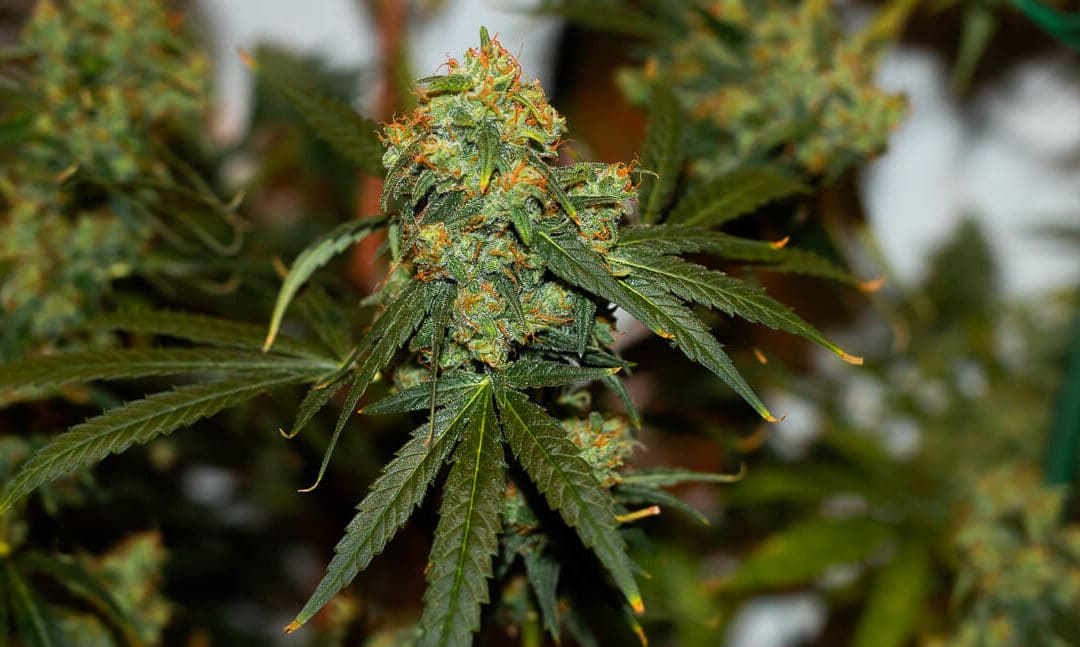
Did the USDA Really Deschedule THC?

The USDA did deschedule THC. Just not in the way people currently believe.
An article that has exploded within the cannabis community claims that the USDA quietly “legalized” THC last week. While this isn’t entirely wrong, it is incredibly misleading. This is because the descheduling of THC by the USDA only applies to THC in hemp.
For a quick refresher, The Farm Bill of 2018 legalized industrial hemp. This “legal” hemp is defined as any cannabis plant with a THC percentage of .3% or less. But if THC is still on the controlled substances list, how can that be?
The USDA on THC
In a memorandum submitted to the Secretary of Agriculture on May 28th, the USDA gives a legal opinion on provisions to the Farm Bill. They point out a specific amendment in the newest version of the bill that removed THC in hemp from the Controlled Substances Act (CSA).
By amending the definition of marijuana to exclude hemp as defined in AMA §297A, Congress removed hemp from schedule 1 and removed it entirely from the CSA. This means hemp is no longer considered a controlled substance at all. With the amendment to exclude THC in hemp from schedule 1, Congress has also removed THC in hemp from the CSA.
Now, that last sentence from the memorandum is what people are getting excited about. When paraphrased to say, “Congress has removed THC from the CSA,” it’s easy to see why. But the key words in the entire amendment is “IN HEMP”.
THC in Hemp
This is where the entire article claiming THC is legal falls apart. Hemp has a very specific definition, that being the definition requiring a THC content of .3% or less to be considered hemp. It makes perfect sense that THC in hemp would need to be legal, in order for legal hemp to be able to contain any amount of THC. In other words, because hemp can contain up to .3% THC, that THC needs to be legal for the hemp to be legal.
Now, because of hemps legal definition pertaining to any cannabis plant with .3% THC or less, surpassing the .3% threshold disqualifies the plant as hemp. Under this legal definition, anything above .3% THC is considered psychoactive cannabis, which is still a controlled substance that is federally illegal.
Why it Matters
The article that broke this story hinted at future possibilities with this newly legal THC, like simply breeding hemp to have higher THC. And that’s what makes this article lose all credibility.
Remember when I said that to be legally considered hemp, the cannabis plant must have a THC content of .3% or less? And remember what happens when the THC content surpasses that .3%? It’s no longer hemp.
While this article suggests that the USDA basically just added a magic loophole that will now allow breeders to grow THC rich hemp, it forgets to mention that by doing so, the plant will no longer be hemp. If the author knew the origins of the cannabis plant, they would know that most of the THC-rich strains we consume today were bred to have that high content from what originally was European Hemp with almost no THC to begin with.
What this article is suggesting, is basically repeating the entire history of cannabis breeding, so we can turn the legal hemp we have now, back into illegal cannabis. If you want The Real Dirt’s legal advice, we suggest that you don’t do that. THC has been legalized in the sense that as long as it is in hemp, and does not surpass .3%, it is legal. Once it leaves the hemp, or surpasses .3%, you’re entering some dangerous territory.
But hey, you can judge for yourself! Read the full USDA Memorandum right here.

